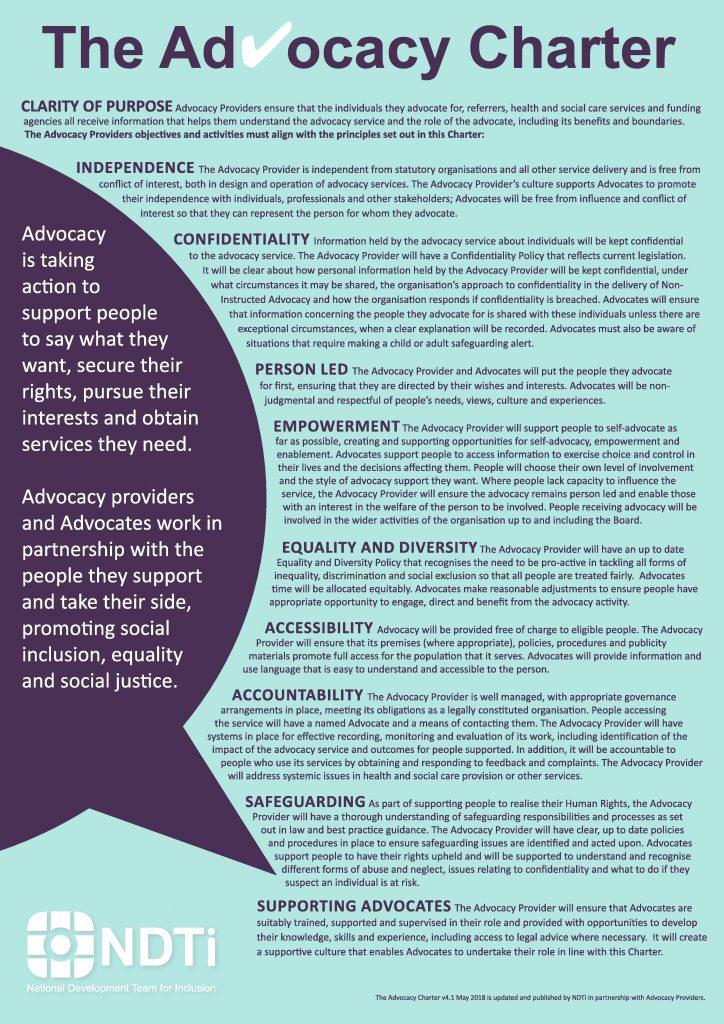Table of Contents
- Understanding Diaper Need and Its Impact on Families
- The Role of Community Organizations in Addressing Diaper Shortages
- Effective Ways to Raise Awareness During Diaper Need Awareness Week
- How to Get Involved: Advocacy and Donation Opportunities
- Building a Sustainable Network of Support for Families in Need
- Q&A
- In Summary


Understanding Diaper Need and Its Impact on Families
Diaper need is a pervasive issue that affects countless families across the nation, primarily impacting those already facing financial hardships. The reality is stark: a lack of access to diapers can lead to significant emotional and physical consequences for children and their caregivers. Families struggling with diaper need often experience added stress, as the inability to provide essential hygiene products can result in feelings of guilt and inadequacy. This becomes especially critical not just for the child’s comfort, but also for their healthy development.
Research indicates that children without sufficient diapers are more prone to health issues such as skin infections and irritations, which can escalate into serious medical conditions if left unaddressed. The consequences of diaper need extend beyond immediate health concerns; families may find themselves resorting to alternatives that further compromise the child’s welfare. The struggle can also lead to social isolation, where parents limit their interactions due to the embarrassment of not having enough supplies. Here are some key implications of diaper need:
- Health Risks: Increased likelihood of rashes and infections.
- Emotional Strain: Guilt and anxiety among caregivers.
- Social Isolation: Reduced participation in community activities.
Addressing diaper need is essential not only for the well-being of infants and toddlers but also for the overall health of families. Organizations dedicated to this cause highlight the importance of community support and awareness. Initiatives often focus on providing resources such as diaper banks, which distribute supplies to those in need. When families gain access to essential hygiene products, they report greater peace of mind and improved quality of life. Through collective action and increased awareness, we can work towards alleviating diaper need and nurturing healthier communities.
The Role of Community Organizations in Addressing Diaper Shortages
Community organizations play a crucial role in addressing the pressing issue of diaper shortages, which affects countless families across the country. These grassroots groups are often on the front lines, working tirelessly to provide essential support and resources for parents and caregivers. By understanding the unique challenges faced by families in need, these organizations can tailor their efforts to provide effective solutions. The collaborative nature of these groups fosters a strong sense of community, rallying volunteers and donors alike to contribute to the cause.
One of the primary strategies employed by community organizations is the establishment of diaper banks. These facilities serve as centralized hubs where individuals, families, and businesses can donate diapers or funds, enabling the distribution of supplies to those in need. Diaper banks often partner with local charities and service providers, ensuring efficient outreach and delivery. The impact of these efforts can be significant, as seen through:
- Increased access: Families who previously struggled to purchase diapers can receive them at little to no cost.
- Improved health outcomes: Ensuring that children have a sufficient supply of diapers helps reduce the risk of diaper rash and related health issues.
- Strengthened community ties: Volunteers working together fosters a spirit of solidarity and empathy within the community.
Another key initiative is the organization of awareness campaigns that highlight the challenges of diaper need. By elevating this issue, community organizations can attract more attention, resources, and support. Events such as diaper drives, educational workshops, and community forums not only raise funds but also build a network of support for affected families. These initiatives can dramatically increase the visibility of diaper need and encourage local businesses and individuals to get involved. Here’s a simple representation of successful program outcomes:
| Outreach Program | Families Served | Diapers Distributed |
|---|---|---|
| Diaper Drive 2023 | 150 | 10,000+ |
| Health Awareness Workshop | 75 | 2,500 |
| Monthly Distribution Event | 200 | 12,000 |
Through innovative problem-solving and a commitment to community support, these organizations are paving the way for a brighter future for families facing diaper shortages. Their efforts not only alleviate the immediate need but also inspire broader community action and contribute to systemic change.


Effective Ways to Raise Awareness During Diaper Need Awareness Week
Throughout Diaper Need Awareness Week, engaging your community can create a powerful impact in addressing the challenges faced by families experiencing diaper need. Utilize social media platforms to spread the word, using hashtags like #DiaperNeedAwareness and #EndDiaperNeed. Consider creating visually appealing posts that highlight personal stories or statistics related to diaper need. Collaborate with local influencers or community leaders to amplify your message, ensuring it reaches a wider audience and resonates deeply.
Organizing community events is another effective strategy to raise awareness. Consider hosting a diaper drive or a donation event where families can come together, share experiences, and support one another. These gatherings not only boost local engagement but also foster a sense of solidarity among families facing similar challenges. Provide information booths where attendees can learn more about the issue, how diaper need affects child health, and available resources in your area.
Partnerships with local businesses can further enhance awareness efforts. Approach nearby shops and restaurants to sponsor diaper donation bins or host fundraising events. Engage them in a cause-marketing campaign to contribute a portion of their sales during the week to diaper banks. By creating a win-win situation, businesses gain goodwill from the community while raising critical funds for a crucial cause. Here’s a simple table to illustrate potential partnership ideas:
| Business Type | Collaboration Idea | Benefits |
|---|---|---|
| Local Grocery Store | Diaper Donation Bin | Increased foot traffic and community goodwill |
| Coffee Shop | “Have a Coffee, Give a Diaper” Promotion | Enhanced customer loyalty and support |
| Fitness Center | Host a Fundraising Class | Promotes health and community involvement |


How to Get Involved: Advocacy and Donation Opportunities
Getting involved in the fight against diaper need is a powerful way to make a real difference in the lives of families in your community. Many organizations actively seek support during Diaper Need Awareness Week, and your participation can help raise awareness and drive change. Consider joining local efforts through outreach programs or volunteering your time at diaper banks. By sharing your skills and resources, you can amplify the message of this important cause.
Moreover, donations play a crucial role in addressing diaper need. Whether you contribute funds or donate diaper packs, every little bit helps. To make the most impact, you might want to consider the following options for donations:
- Monetary Donations: Direct financial support allows organizations to purchase the specific sizes and brands needed.
- Diaper Drives: Organize or participate in community diaper drives to collect essentials.
- Awareness Campaigns: Use your platform to educate others about diaper need and encourage participation.
For a more structured approach to your contributions, many organizations publish lists of most needed items and have volunteer opportunities. Below is a simple table highlighting some key organizations and ways you can support their initiatives:
| Organization | How to Help |
|---|---|
| National Diaper Bank Network | Donate funds or diapers, host a drive |
| Baby2Baby | Volunteer for sorting events or donation drives |
| Local Food Banks | Check for diaper needs in your local area |


Building a Sustainable Network of Support for Families in Need
Creating a resilient framework of assistance requires collaboration among community members, businesses, and organizations dedicated to improving the lives of families facing diaper need. By fostering partnerships, we can leverage available resources to develop comprehensive support systems. These collaborations can include:
- Local Businesses: Encourage baby supply stores and service companies to donate products or offer discounts to families in need.
- Non-Profit Organizations: Team up with shelters and food banks to distribute essential diaper supplies alongside other vital necessities.
- Community Awareness Campaigns: Initiate events and social media outreach to raise awareness about the importance of diaper access and rally support.
In establishing this network, it’s essential to ensure that the flow of information is seamless. Creating a digital platform that connects families with available resources can prove invaluable. Consider implementing:
| Resource Type | Access Link |
|---|---|
| Diaper Banks | Find Local Diaper Banks |
| Community Centers | Locate Community Support Centers |
| Healthcare Services | Explore Health Services for Families |
engaging the community through volunteer opportunities fosters a sense of ownership and commitment. Mobilizing volunteers to organize diaper drives or educational workshops can make a significant impact. By documenting and sharing success stories, we inspire ongoing participation and demonstrate the tangible difference that a united community can make in the lives of families struggling with diaper need. Encouraging active involvement not only strengthens the network but also instills a spirit of generosity and collaboration within the community.
Q&A
Q&A on Diaper Need Awareness Week 2023
Q1: What is Diaper Need Awareness Week? A1: Diaper Need Awareness Week is an annual campaign dedicated to raising awareness about the challenges families face when they cannot afford enough diapers for their babies. This week aims to educate the public about diaper need and inspire actions to support those in need. It is held in the third week of September, with various events and initiatives led by diaper banks, community organizations, and advocates.Q2: Why is it important to address diaper need? A2: Addressing diaper need is crucial because diapers are a basic necessity for infants and toddlers. Without a sufficient supply, caregivers face significant stress, which can lead to physical and mental health challenges. Moreover, many childcare centers require families to provide their own diapers, and without them, children may miss out on essential early learning opportunities. Tackling diaper need ensures that every child has the chance to thrive.
Q3: How can individuals get involved during Diaper Need Awareness Week? A3: There are numerous ways individuals can contribute during Diaper Need Awareness Week. People can organize diaper drives, donate to local diaper banks, volunteer their time, or share educational resources on social media to spread awareness. Additionally, financial contributions to organizations focused on diaper distribution can make a significant impact. Every little bit helps in closing the diaper gap!
Q4: What are some statistics related to diaper need? A4: Approximately 1 in 3 families in the United States experience diaper need, which means they struggle to provide an adequate supply of diapers for their children. Research indicates that families in diaper need are more likely to experience stress and mental health challenges. Furthermore, the average cost of diapers can exceed $1,000 per year for a single child, making it a significant financial burden for low-income families.
Q5: What organizations are involved in Diaper Need Awareness Week? A5: Various national and local organizations participate in Diaper Need Awareness Week, including the National Diaper Bank Network, local diaper banks, charity organizations, and community groups. These organizations work collaboratively to raise awareness, distribute diapers, and connect families with essential resources.
Q6: How does diaper need affect health and well-being? A6: Insufficient access to diapers can significantly impact a child’s health and well-being. Health issues such as diaper rash and infections can arise from prolonged use of dirty diapers. Additionally, the emotional well-being of caregivers can be strained due to the constant worry about meeting daily needs, potentially affecting their mental health and parenting ability.
Q7: What can communities do to support families facing diaper need? A7: Communities can strengthen support for families facing diaper need by establishing or enhancing diaper banks, promoting awareness campaigns, and creating partnerships between local businesses and nonprofit organizations. Hosting community events, such as diaper drives or educational workshops, can also foster a supportive environment and bring people together for a common cause.
Q8: Where can I learn more about diaper need issues? A8: To gain a deeper understanding of diaper need issues, resources such as the National Diaper Bank Network website, local diaper banks, and related nonprofit organizations can provide valuable information. Many of these platforms offer statistics, stories, and ways to get involved in advocacy and support efforts.—This Q&A format serves to inform and engage readers on the importance of Diaper Need Awareness Week 2023, ensuring that they have the knowledge and tools to contribute to this vital cause.




0 Comments